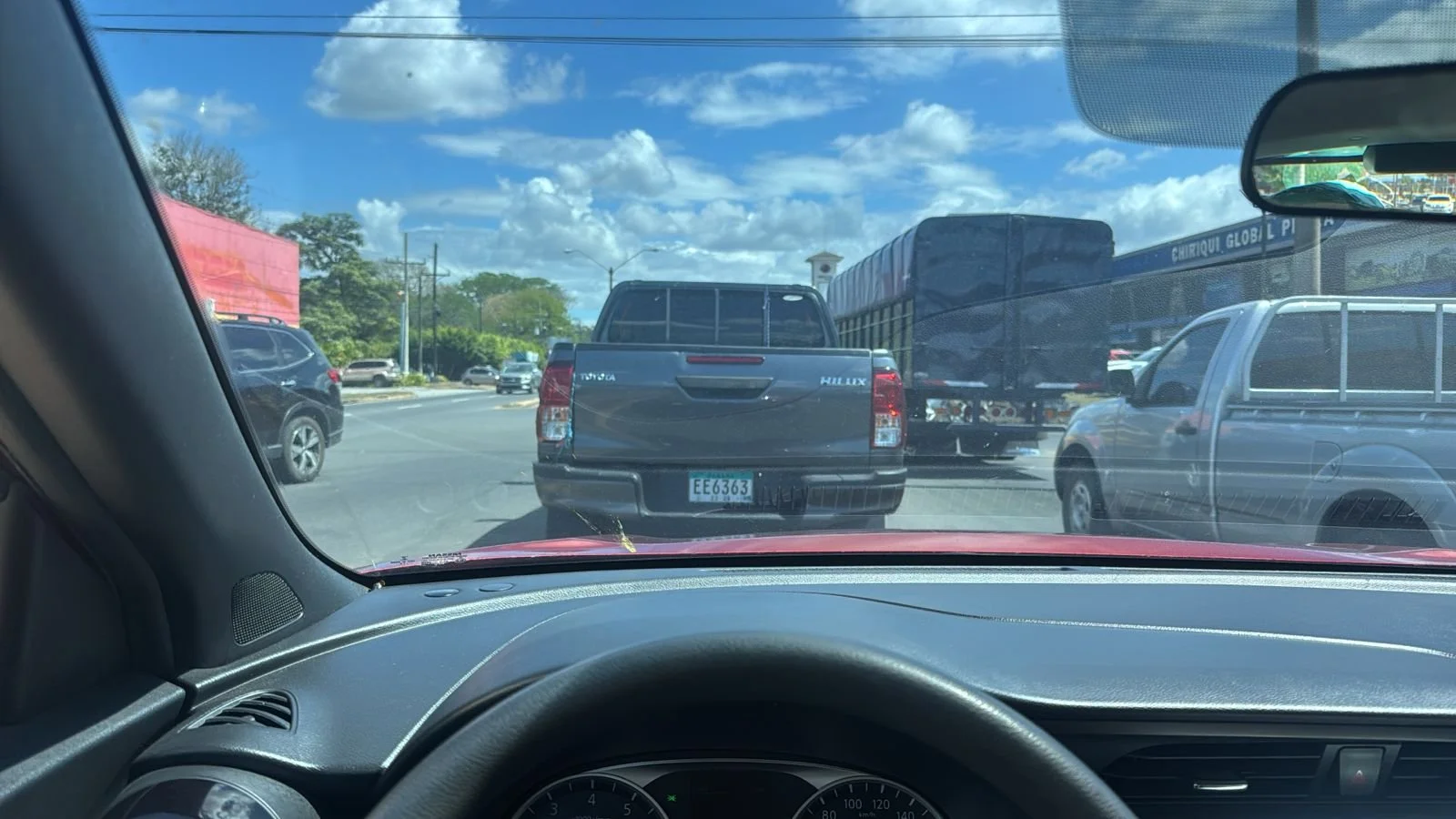What You Should Know
Driving your own car across the land border from Costa Rica into Panama is absolutely possible — but it’s more paperwork and hoops than most day trips. Think of it as a mini customs project: you’ll need exit paperwork from Costa Rica, a temporary import permit and mandatory insurance for Panama, possible vehicle inspection and fumigation, and patience for queues at busy crossings like Paso Canoas or Sixaola. Plan for at least a few hours at the border and bring originals plus photocopies of every document.
First step on the Costa Rica side is the vehicle’s “permiso de salida” (exit permit) from the Registro Nacional. If the car is registered in Costa Rica you’ll usually need the vehicle’s registration (marchamo), the owner’s ID, and to show there are no outstanding loans or legal encumbrances on the vehicle. If you’re not the registered owner, bring a notarized letter of authorization. Costa Rica treats vehicle export seriously, and border officials will stop vehicles without proper exit paperwork.
When you get to the Panamanian side you’ll be required to obtain a temporary import permit for the vehicle (Permiso de Importación Temporal). This permit registers the car with Panamanian customs for a limited time and is conditional on showing ownership documents, vehicle registration, passport stamps, and in some cases a vehicle appraisal. The TIP is what allows your car to be driven legally inside Panama without permanently importing it (which would trigger duties and different rules).
Buying local mandatory insurance is non-negotiable. Panama requires local third-party liability insurance for foreign vehicles entering the country; brokers sell short-term policies at border offices or nearby kiosks (prices are modest — often around US$15–$30 depending on the length). Don’t try to rely on your home-country or existing policy unless it explicitly names Panama and is accepted by Panamanian authorities. Officials will refuse entry without proof of local coverage.
Expect small extra fees and checks: many accounts from travelers report a fumigation fee or vehicle inspection charge, and both countries may charge administrative processing fees. You’ll also encounter a line for immigration stamps (driver and passengers), and at Paso Canoas the two countries now operate closer cooperation under a joint-control model — which can speed things but also concentrates queues in one place. Bring cash (USD and local currency) for small fees, and be prepared for the possibility that the whole process will take longer than you think.
If you’re driving a rental car, check the rental contract closely: most major rental companies in Costa Rica and the region prohibit crossing into Panama without prior written permission and special insurance; many won’t allow it at all. If you attempt to cross in a rental without authorization you risk heavy fines and the rental company refusing coverage. Contact your rental office well before your trip to get explicit, written permission and the correct paperwork.
Practical document checklist: driver’s license, passport (with entry/exit stamps), vehicle registration/title, proof of ownership or notarized authorization if you aren’t the owner, Costa Rica exit permit, Panamanian temporary import permit, and proof of purchased Panamanian insurance. Make copies (digital and paper) and keep them in multiple places — when officials ask, having a tidy folder speeds things up.
Vehicle restrictions and longer-term import notes: temporary permits let you drive in Panama for a limited time, but if you plan to leave the car in Panama or permanently import it you’ll face customs duties, possible age restrictions, and additional taxes. Panama has specific rules for permanent import (taxes based on age/value/engine), and older cars or right-hand-drive vehicles can face extra hurdles. If your plan is long-term relocation, treat the border crossing differently than a temporary visit.
Timing and border tips: Paso Canoas is the busiest and most straightforward crossing on the Pacific side; Sixaola (near Bocas del Toro) is the other common crossing and has its own local quirks. Weekends and holidays explode with traffic, so go midweek if possible. Keep receipts for every payment, stay polite (bureaucracy is slower when tempers flare), and use the joint-control counters where available to avoid back-and-forth between offices. Many overlanders recommend arriving early and allowing a buffer day in your itinerary for unexpected delays.
Final tip: if any part of this sounds overwhelming, use a border agent or gestor service — local helpers can shepherd paperwork, advise on fees, and sometimes speed the process (for a fee). For overlanders and long-haul drivers the payoff is worth it: once the paperwork is done, Panama’s roads open up and you can enjoy the drive. But don’t underestimate the prep — missing a document or rental authorization is the easiest way to have a memorable, expensive delay.

